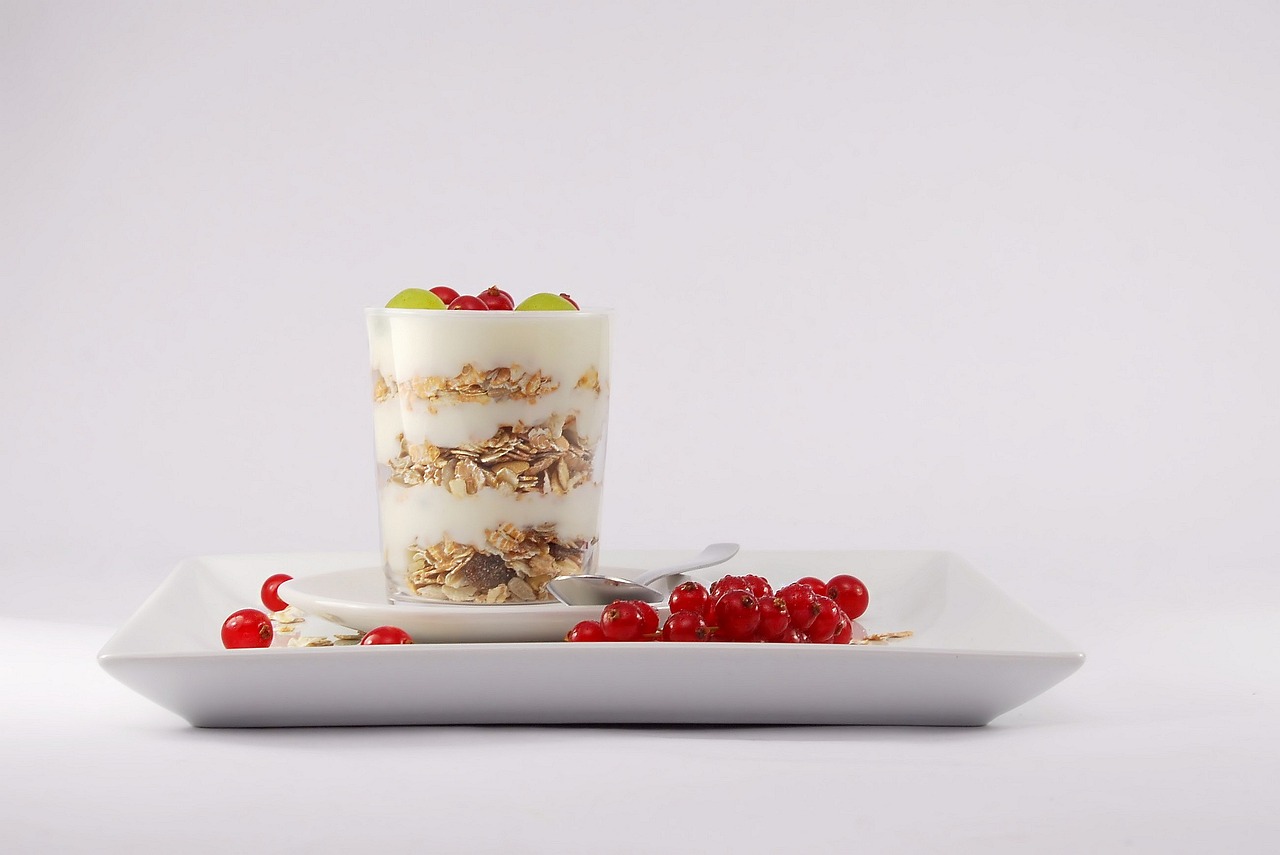“`html
In recent years, the gluten-free diet has surged in popularity, reaching beyond those with celiac disease or gluten sensitivities. This shift reflects greater awareness of the health implications of gluten, an ingredient found in wheat, barley, and rye. Whether driven by health concerns, dietary preferences, or a desire for increased wellness, understanding the gluten-free lifestyle is essential for anyone considering these dietary changes. In this blog post, we will delve into the ins and outs of a gluten-free diet, exploring its benefits, foods to include, proper nutrition, potential challenges, and practical tips for making the transition.
What is a Gluten-Free Diet?
A gluten-free diet eliminates all foods that contain gluten, a protein found in certain grains. This diet is essential for individuals with celiac disease, a serious autoimmune condition where gluten consumption leads to damage in the small intestine. However, non-celiac gluten sensitivity has also gained recognition, prompting many to adopt gluten-free eating without a formal diagnosis.
Common Sources of Gluten
- Wheat and its derivatives (bread, pasta, cereals)
- Barley (beer, malt, soups)
- Rye (rye bread, some crackers)
- Processed foods (sauces, salad dressings, snacks)
Benefits of a Gluten-Free Diet
Many people experience various health benefits upon eliminating gluten from their diets. While individual results may vary, here are some commonly reported advantages:
- Improved Digestive Health: Many experience reduced bloating, gas, and discomfort.
- Enhanced Energy Levels: Individuals find they have more consistent energy throughout the day, free from post-meal fatigue.
- Better Nutritional Absorption: With less inflammation in the gut, absorption of nutrients improves significantly.
- Clearer Skin: Skin issues such as eczema can see improvement with a gluten-free diet.
Statistical Insights
Research indicates that around 1% of the population has celiac disease, while an estimated 6% – 7% struggle with non-celiac gluten sensitivity. This growing recognition underscores the relevance of gluten-free options in our food systems.
Foods to Include in a Gluten-Free Diet
Transitioning to a gluten-free diet involves focusing on whole, unprocessed foods that naturally do not contain gluten. Here’s a list of recommended foods:
- Fruits and Vegetables: All fresh produce is gluten-free.
- Meats and Fish: Unprocessed meats, poultry, and fish are safe.
- Legumes: Beans, lentils, and chickpeas can be great protein sources.
- Dairy: Milk, cheese, eggs, and yogurt are gluten-free.
- Nuts and Seeds: Healthy snacks that offer essential fats and protein.
- Gluten-Free Grains: Quinoa, rice, corn, and gluten-free oats.
Nutritional Considerations
When adopting a gluten-free diet, it’s crucial to ensure you still receive balanced nutrition. Here are some strategies to consider:
Maintaining Nutrient Balance
- Focus on Whole Foods: Limit processed gluten-free products that may lack essential nutrients.
- Consider Fortified Foods: Choose gluten-free grains that are fortified with vitamins and minerals.
- Supplement Wisely: Speak with a healthcare provider about supplements if you find specific nutrient deficiencies.
Potential Challenges in a Gluten-Free Diet
While a gluten-free diet has many benefits, individuals may encounter challenges, especially when transitioning. Awareness is key.
- Cross-Contamination: Be cautious when dining out, as gluten-free options may still be contaminated with gluten.
- Social Situations: Being gluten-free in social settings can be difficult, so planning and communication are essential.
- Nutritional Deficiencies: Avoiding certain grains can lead to deficiencies if not managed properly.
Practical Transition Tips
- Educate Yourself: Read labels and understand what ingredients contain gluten.
- Plan Meals: Create a weekly meal plan that incorporates gluten-free foods.
- Experiment: Try new gluten-free recipes to keep meals interesting and satisfying.
Conclusion
Adopting a gluten-free diet can be a rewarding journey toward improved health and well-being, particularly for those with gluten-related disorders. However, it’s essential to approach this lifestyle change with knowledge about what to eat, potential benefits, and the challenges that may arise. By focusing on whole, naturally gluten-free foods and being mindful of nutritional balance, individuals can thrive on a gluten-free diet. If considering this dietary shift, consulting with a healthcare professional or nutritionist can provide personalized guidance and support. Remember, embracing a gluten-free lifestyle is not just about eliminating foods; it’s about enriching your diet with healthy, nourishing alternatives.
“`






